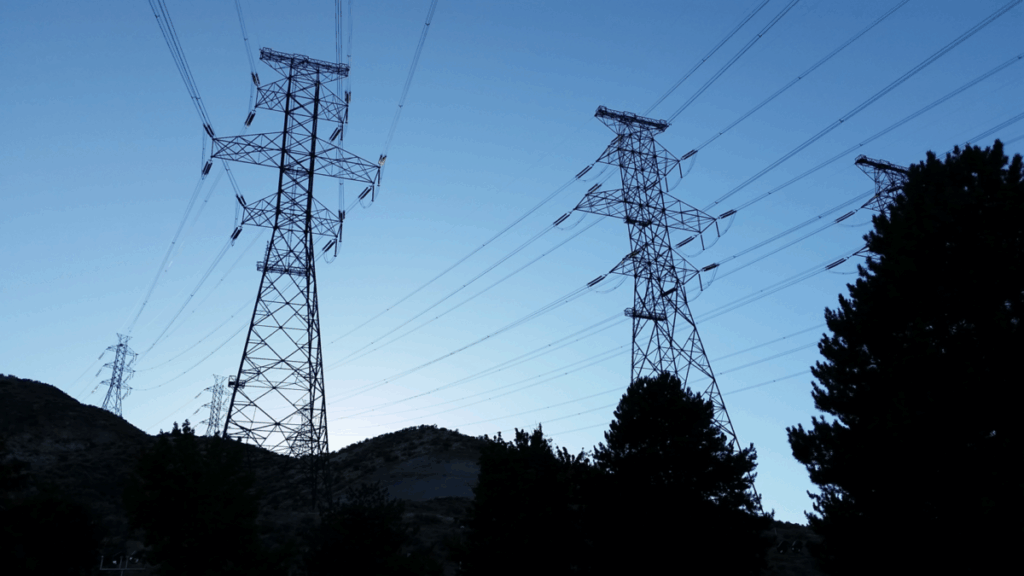The Belgian grid operator Elia says that the growth of the fast solar fleet stimulates earlier seasonal overproduction peaks, which increases the defendant risks this spring. It is planning to expand flexibility measures to stabilize the high -voltage network.
Solar panels installed on Belgian roofs in total in total approximately 11.4 GW of capacity – an increase of 4 GW compared to two years ago and 1.4 GW more than in 2024.
“During peaks, these panels, depending on the orientation and other technical limitations, can produce up to 9 GW electricity,” said the Belgian grid operator Elia. “Every weather fluctuations, no matter how small, therefore has a significant effect on the balance between supply and demand, which can lead to negative prices.”
This phenomenon can occur when weather forecast errors influence the renewable output, or when a low consumption coincides with a high generation – circumstances that mainly arise in the summer, especially during the weekend and holidays.
“In 2024 we were careful in the summer, but this year, vigilance was required from spring, because of the increase in installed photovoltaic capacity,” said James Matthys-Donnadieu, director of markets at Elia.
Firstly, the company emphasized that the phenomenon is not inevitable and that the responsible parties (BRPs) must ensure that the demand and the supply are tailored to, in particular on the basis of the summer forecasts provided to them.
If these market participants do not restore balance, Elia can use various technical aids and market mechanisms, including offshore wind farms. The grid operator can also seek support from operators of foreign transmission systems. In exceptional cases, Elia can limit large onshore PV or wind farms – including those on distribution system managers – but no residential systems.
“The energy transition and the development of photovoltaic energy are good news for our energy independence and for the planet. However, they also present our system with various challenges in terms of schedule capacity and stability,” added Matthys-Donnadieu. “These challenges can be overcome, provided that more flexibility is urgently injected into the system and that this flexibility is valued. This will result in a win-win situation for both the grid and consumers.”
In the future, the limitation of renewable energy sources will occur more often. Elia called for sufficient flexibility to be built into the system to better manage periods of low consumption and a high renewable output.
“Adjusting our consumption to times when a large amount of (cheap) energy is available, not only the system, but also consumers,” said the grid operator. “Thus, a dynamic contract reward consumers who adapt their consumption to the availability of (cheap) renewable energy, but controlling solar panels at these times can also offer opportunities. Elia also sees the rise of new flexibility products on the market, which make decentralized flexibility possible by influencing the behavior of consumers.”
For example, consumers can already charge electric vehicles at lower costs during periods of surplus renewable generation. Denmark develops a “supply split” model, so that any measured device – such as an EV charger – can contract with a separate electricity supplier. To support such technologies, Elia is planning to collaborate with distribution system managers, suppliers, supervisors, industrial groups and authorities to implement a more efficient market framework.
This content is protected by copyright and may not be reused. If you want to work with us and reuse part of our content, please contact: editors@pv-magazine.com.

